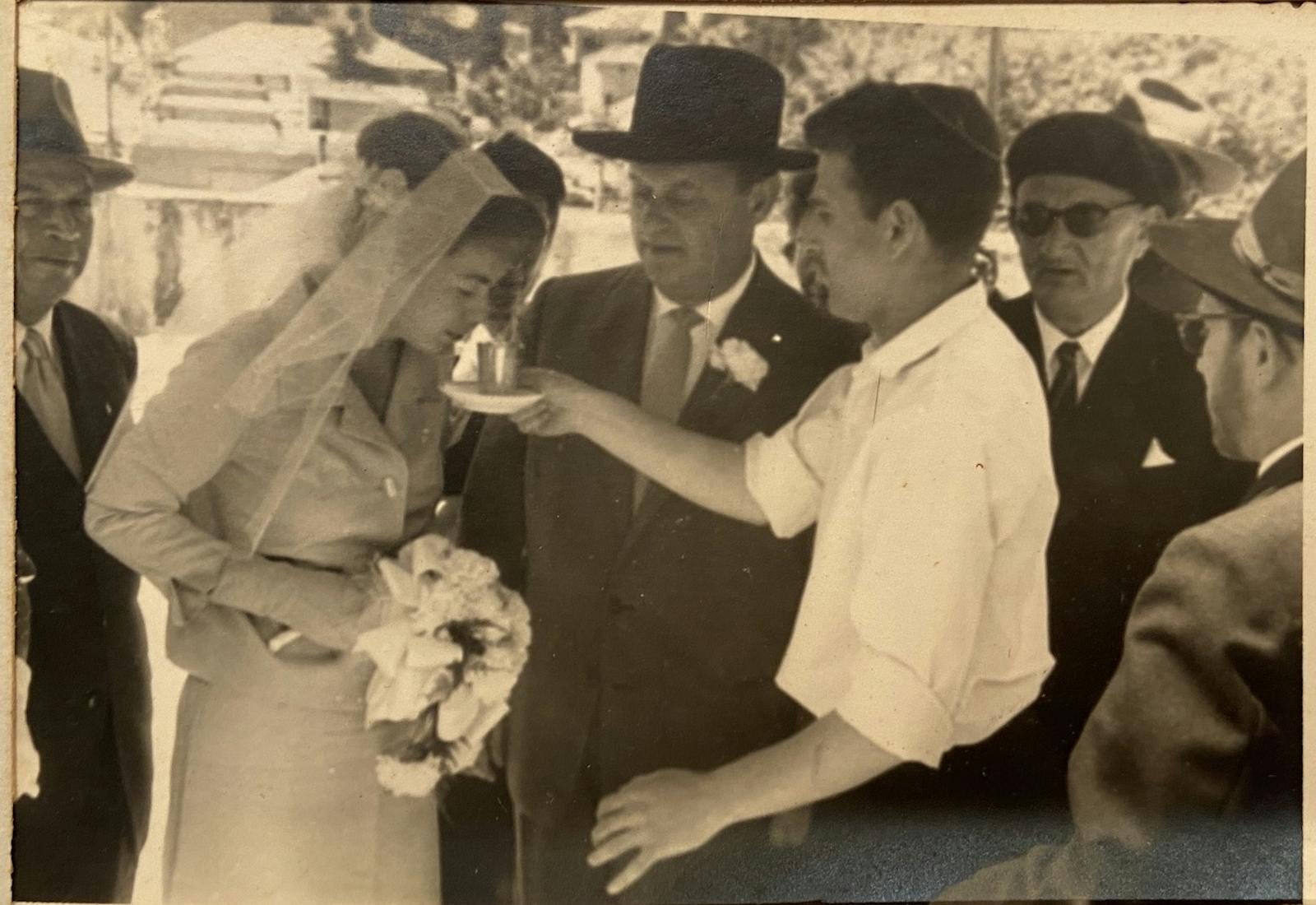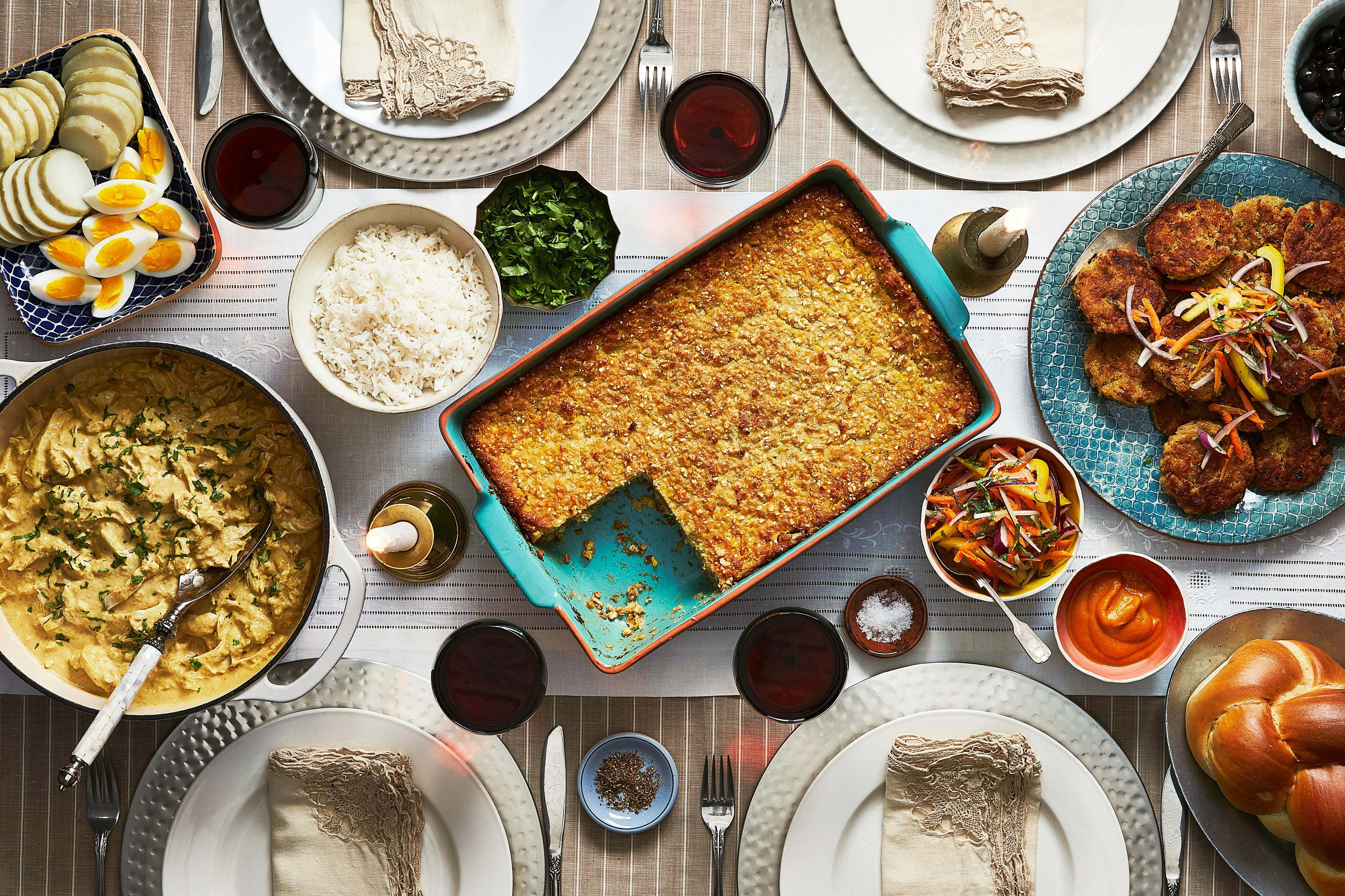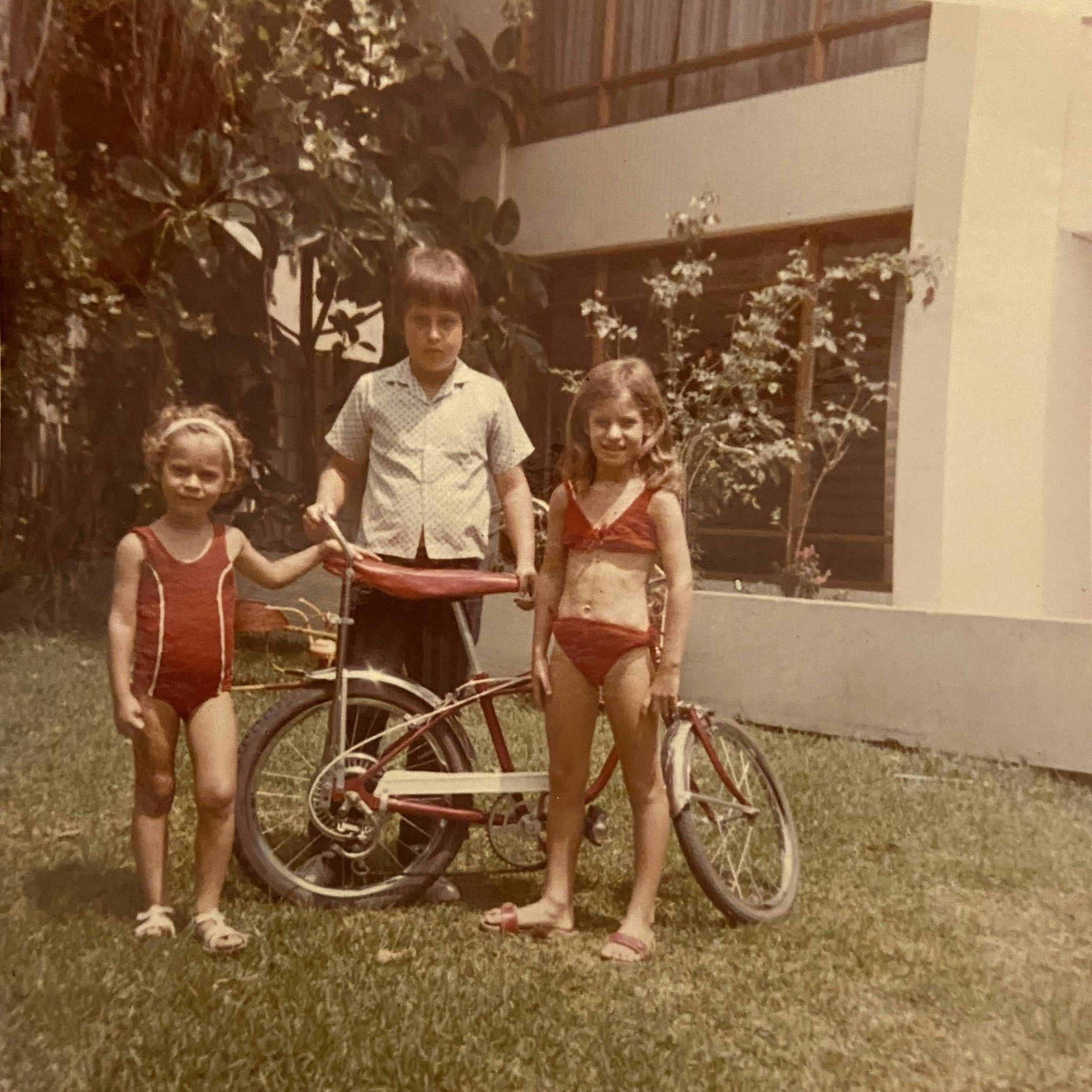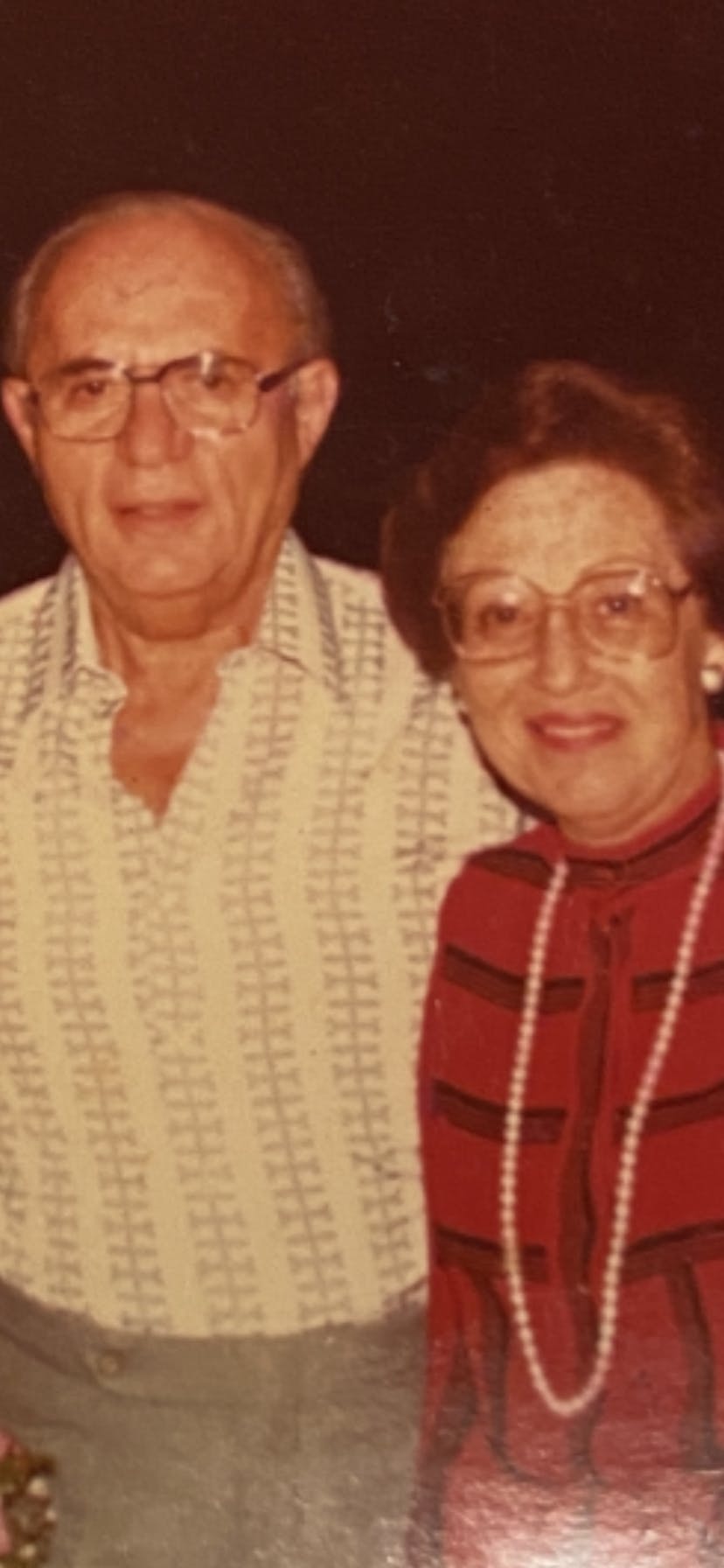Shared by Vivian Wecselman-Fishman


When Vivian Wecselman-Fishman was growing up in 1970s Peru, the foods her mother made on Shabbat and holidays might have hailed from Romania or Peru. She made mamaliga, a cornmeal porridge, and Romanian eggplant dip often, but also Peruvian dishes like aji de gallina, chicken in a rich sauce seasoned with aji amarillo peppers, and pastel de choclo, a corn and beef casserole. If Vivian’s cousin, who she called tia Sarida (using the Spanish word for aunt), was hosting, Ashkenazi recipes were likely on the table — sometimes with Peruvian touches like cilantro in matzo ball soup and cumin in a Shabbat chicken. The melange of flavors and recipes is fitting for the family’s history.
They are a part of a centuries-old Jewish community in Peru that started with the Spanish conquest of the region in the 16th century and grew significantly in the 19th century with the arrival of German and Russian Jews. But neither of Vivian’s parents grew up here. Her father Isaac was born in Novaselitz, a small village in Ukraine and immigrated to Peru between the two world wars.
In the late 1950s, he traveled to Israel to attend a Zionist Conference. Around the same time, after years spent waiting for a visa to leave the USSR, Etienne fled Bucharest for Israel. The couple met and married a year later, deciding to move back to Peru where Isaac helped found the only Jewish school in Lima, Colegio Leon Pinelo.
Vivian grew up in the close knit Peruvian Jewish community, which she says numbered around 5,000. Today, it’s about half that size as some intermarry and others, like Vivian, move away. She calls suburban New York home now. She cooks Peruvian food for her kids for Shabbat and when relatives join, she adds a few touches from her mother including Romanian roasted peppers and eggplant dip. That way, she shares, “it feels that mom is still around in some way.”


